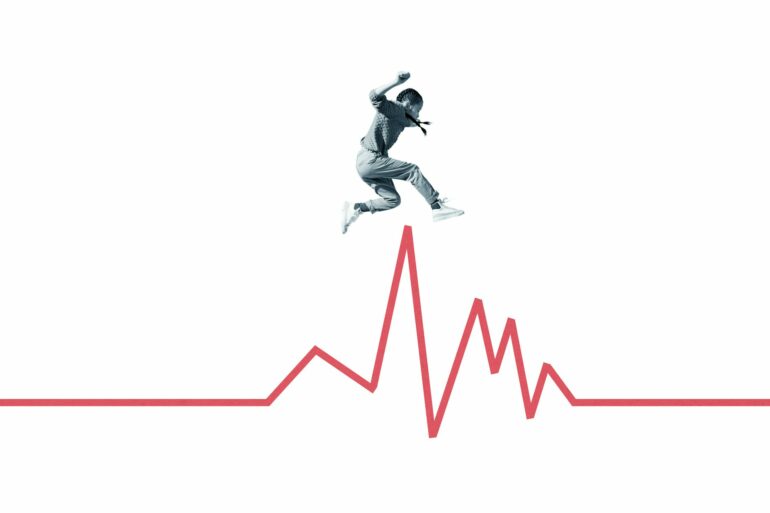Aerobic exercise like jogging, biking, swimming or hiking is a fundamental way to maintain cardiovascular and overall health. The intensity of aerobic exercise is important to determine how much time you should spend training in order to reap its benefits.
As an exercise science researcher, I support the American College of Sports Medicine’s recommendation of a minimum of 150 minutes per week of moderate aerobic exercise, or 75 minutes per week of high-intensity exercise. But what does exercise intensity mean?
There is a linear relationship between heart rate and exercise intensity, meaning as the exercise intensity increases, so does heart rate. Heart rate zone training, which uses heart rate as a measure of exercise intensity, has increased in popularity in recent years, partially due to the ubiquity of wearable heart rate technology.
The way exercise intensity is usually described is problematic because one person’s “vigorous” may be another’s “moderate.” Heart rate zone training tries to provide an objective measure of intensity by breaking it down into various zones. But heart rate can also be influenced by temperature, medications and stress levels, which may affect readings during exercise.
Heart rate and exercise intensity
The gold standard for determining aerobic exercise intensity is to measure the amount of oxygen consumed and carbon dioxide exhaled. However, this method is cumbersome because it requires people to wear a breathing mask to capture respiratory gases.
An easier way is to predict the person’s maximum heart rate. This can be done with an equation that subtracts the person’s age from 220. Although there is controversy surrounding the best way to calculate maximum heart rate, researchers suggest this method is still valid.
What happens when you reach your maximum heart rate?
The American College of Sports Medicine outlines five heart rate zones based on a person’s predicted heart rate maximum. Zone 1, or very light intensity, equals less than 57% of maximum heart rate; zone 2, or light intensity, is 57% to 63%; zone 3, or moderate intensity, is 64% to 76%; zone 4, or vigorous intensity, is 77% to 95%; and zone 5, or near-maximal intensity, is 96% to 100%.
However, other organizations have their own measures of exercise intensity, with varying ranges and descriptions. For example, Orange Theory describes their zone 2 training as 61% to 70% of maximum heart rate. Complicating matters even further, companies that produce heart rate monitors also have higher thresholds for each zone. For example, Polar’s zone 2 is up to 70% of maximum heart rate, while the American College of Sports Medicine recommends a zone 2 of up to 63%.
Adapting heart rate zones
Zone training is based on the idea that how the body responds to exercise is at least in part determined by exercise intensity. These adaptations include increased oxygen…



